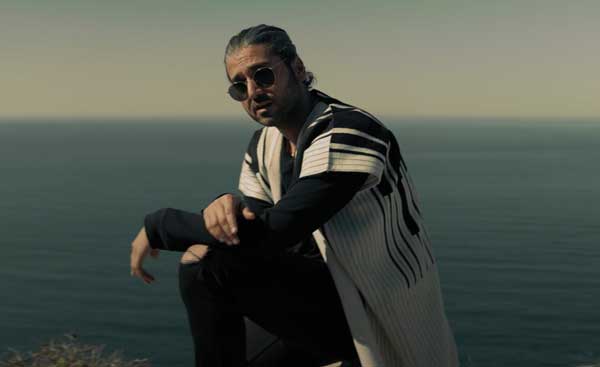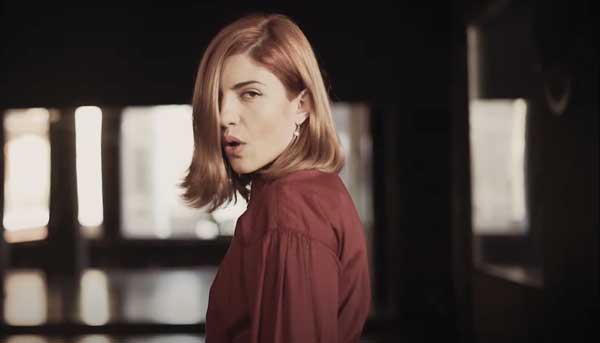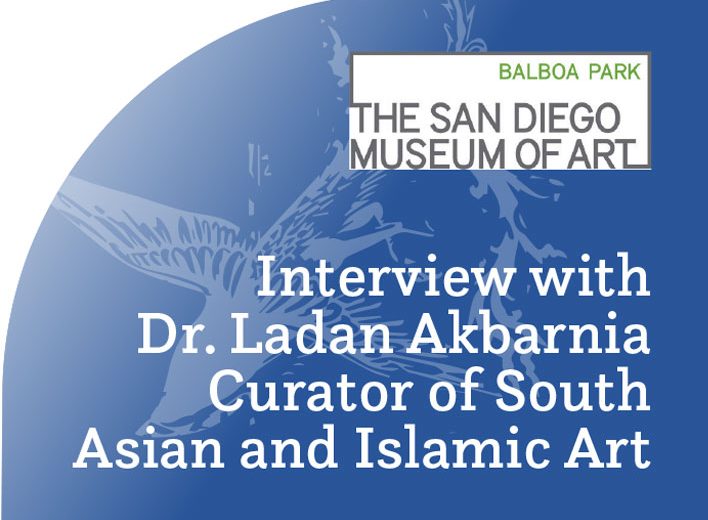Hip Hop Deconstructed: Gangsta Rap in Iran
By Vahid Jahandari
In this article, I will explore two decades of expansion in Persian-language gangsta rap by Iranian hip hoppers while providing sources of inspiration from the Black American pioneers since the emergence of the subgenre in the late 1980s.
Origin and History
The earliest incidents of rap-style singing in the United States were evidently connected to gangsta rap (or gangster rap), a hip hop subgenre focused on the realities of street gangs’ politics, life, and culture in primarily Black neighborhoods. As hip hop was forming to become a coherent phenomenon in the early 1980s (commonly known as Old School Hip Hop), varied topics and approaches to lyricism were integrated due to the genre not yet distinctively progressing in various directions. Alternative and experimental methods were employed by hip hop artists to help the genre reach its potential.
An early and influential hip hop group—N.W.A (Niggaz Wit Attitudes), with Ice Cube and Dr. Dre being considered its leading forces, as well as other rappers like Tupac Shakur—showcased how an extraordinary range of ideas could be encapsulated in this subgenre. These legendary and controversial icons significantly contributed to popularizing a particular way of poetics with artistic realism, attracting many to gangsta rap worldwide.

Early Persian Rap: Zedbazi
Tehran has been home to a thriving music industry since the early 2000s when the government’s policies on eliminating “undesirable styles” lessened due to competing with Tehrangeles musicians, primarily located in Los Angeles. Though hip hop has always been officially prohibited by the government, the easy access to songs online facilitated the engagement of fans with emerging artists. It is important to recognize that the nature of underground music in Iran is essentially to break taboos. Arguably, rap is by nature a political medium that happens to be in musical representation.
The band Zedbazi has been active since 2002 and is commonly accepted as the pioneer of gangsta rap in Iran. The production of Zedbazi since its formation speaks to the cosmopolitan awareness of its members, having collaborated starting from Tehran, moving to London, and later with new members in France. Zedbazi frequently used profane language and referenced both graphic sexual descriptions and the consumption of narcotics in their songs. “Tabestoon Kootahe” (Summer Is Short), released in 2007, is the band’s most popular song and has inspired many hip hop bands ever since.
It is important to note that the type of gangsta rap that Zedbazi presented had a luxury ingredient, articulating an upper social class. For instance, in “Tehran Maserati,” the chorus asserts that Maserati cars—a reference to the Italian luxury vehicle manufacturer—have filled the streets of Tehran. However, it may only be true for a couple of wealthy neighborhoods in the capital city. This mentality in lyrics came from the perceived attitude of the rich boys and girls, giving the listeners a sense of liberation and hope for financial stability looking into the future, despite rising inflation and astronomical increases of living costs.
TM Bax
Active since 2007, the Denmark-based group TM Bax, is innovative in incorporating Persian motifs, a comic tone, and references to contemporary Iranian history and cultural legacy in their music. This approach is contrary to the purely Western-style beat-making of Zedbazi. Regularly played at parties, particularly in Tehran, TM Bax is very popular among Gen Z and young millennials both inside and outside Iran due to its fashionable style of singing. The music video for “Loco Lati,” released in 2020, depicts the band members as street hustlers with a montage of ghettos, busy midtown streets, and shots of gangs, robbery, and prison.
Though Persian gangsta rap is not as explicit as its American precursors, it has been criticized for promoting aggressive and harmful behavior—including drug abuse—among younger generations who tend to mimic the mannerism exhibited by such rappers.
Erfan Paydar, Behzad Leito, 021kid, and Hiphopologist
Erfan was an instant breakthrough with his first album released in 2007, Az Khaneh Ta Goor (From Home to Grave). “Khatte Man” (My Gang) was an identical imitation of many American gangsta songs. In the music video, Erfan is wearing a t-shirt with a Tupac illustration on the front and many men on his back. The song showcases a conflict between two singers (both acted by Erfan) arguing about their proficiency in rapping and their popularity among the fans. “Jaddeh” (Road), which tells the story of Erfan’s journey in becoming a hip hop artist, is another song on the album with certain qualities universally offered in gangsta rap: masculinity, pride, and independence. Over the past few months, there has been a wave of songs mocking the supreme leader, the mullahs in obedience to him, and the Guard Corps (IRGC). Erfan’s “Ghesseh” (Story), released in January 2023, is a powerful insight into the circumstances of Iranians over the past 40 years.
Behzad Leito was initially a member of Zedbazi and sang a section of the song “Tehran Maserati,” though he soon separated from the band. Behzad’s representative dark production style with trap beats and approach to singing is similar to Metro Boomin and 21 Savage. “Mese Khodete” (It’s Like You) and “Avalandesh” (First of All) are two examples with heavy bass and harsh delivery of rhetoric. One feature of trap music is that there are merely a few instruments, exclusively percussive beats and synth effects. The empty space enables more room for increasing the reverberation of sounds.
021kid and Hiphopologist are Persian hip hop artists outside Iran with transnational backgrounds; their songs signify oppositional awareness by rapping against outdated customs. Listening to hip hop as a coping skill with past trauma and ongoing anxiety is a defensive mechanism with therapeutic intervention to defend against psychological episodes of bipolar depression.
The majority of Iranian Gen Z does not feel related to many aspects of systematic morals. To move forward with their educational and career desires while interacting with a dysfunctional structure of power, the obsession with listening to hip hop accommodates their cognitive flexibility with a strength-based treatment. Restricted curricula and traditional classroom settings, when boys and girls in their teenage years look into Western models of teaching and suffer from their conditions and suppressed needs, require daily confidential counseling that hip hop provides them.
Hip Hop Feminism: 021G and Justina
Iranian hip hop has yet to effectively involve and promote women in its pool of top-notch artists, having established the medium mainly for the male gender. The limitation of female participation in Persian rap music must be attributed to hypermasculinity, misogyny, the stereotypical roles of the rappers as “cultural actresses,” and larger societal systems of sexism that inhibit their presence in the profession. However, there has been slow but optimistic progress in creating a space for female artists to communicate their neglected perspectives on women’s welfare and human rights.
The diverse female experiences in Iran have been the subject of many songs over the past decades, depicted mainly by male musicians. Despite the casual participation of women in hip hop culture—particularly as audience and/or manifested in other ways of lifestyle expression such as clothing, hair, and makeup looks—the global movement that acclaimed figures like Cardi B and Nicki Minaj are leading is building a new identity for representation of womanhood in the mainstream media and entertainment industry.

The extent to which women have related to their songs with a feminine taste and colorful variations of male-dominated gangsta rap has been surprising to the point that ambitious women in other nations have reconstructed many duplications of these superstars’ distinctive public personas. The Iranian expatriate Gandom (professionally known as 021G) is the closest resemblance to these women-centered hip hoppers. There is a frequent theme of “bitchiness” in the lyricism and tone of singing associated with the “Cardi B” format of gangsta rap that 021G conveys in her songs. As with male rappers in gangsta rap, female rappers have to establish authenticity in that they have to adopt a unique “bitch” persona and spend their careers in diss battles with other rappers, haters, or ex-lovers.
Cardi B has utilized elements of the trap subgenre since her first studio album and 021G has followed similarly. The rise of Iranian female rappers is fast growing. That being said, what 021G and many others are doing may be understood as pushing against the gendered norms. Listening to hip hop allows women to examine how to survive invisible surveillance and authorities, and develop problem-solving skills for the most pressing social problems like hijab and having fantasies of freedom.
Hip hop feminism in Iran is a culture of prioritizing women since they do not back down and demand substantial change. Today’s women in Iran prevent being lulled into submission by the regim’s propaganda machine.
The creative endeavors of Iranian rappers are not individual efforts, but collective products authored by millions of people. In my previous article, I reviewed Shervin Hajipour’s “Baraye,” a song in which he adopted the lyrics from a rearrangement of roughly 30 tweets by the Iranian diaspora following the news of Mahsa Amini. Similarly, when Justina—a 32-year-old rapper born in Tehran and currently residing in Sweden—collaborated with Toomaj Salehi months before the civil unrest in September 2022, their song, “Pichak,” was empowering on the unauthorized values and commonalities that the Iranian youth inside the country share. While the mainstream model of success for women largely relies on sexual appeal, the appearance of rappers like Justina suggests more options.

The Politics of Gangsta Rap
Some of the artists in gangsta rap act primarily as social justice activists. Social media posts and songs from Hichkas, Erfan, 021G, and many others reflected how the hip hop community was affected by the death of Mahsa and contributed to documenting it in history.
The traditional Persian system, Dastgāh, has been a rich source for Iranian beat-makers to draw motives as rhythmic and/or melodic embellishments. The album Jangale Asfalt by Hichkas, released in 2006, was a notable example of using Persian instruments such as santur or tombak. The use of kamancheh and tar (two other traditional instruments) in Justina’s “Pichak” and “In Dafe” (This Time) by 021G help with the sense of solidarity captured in the songs.
Rap has a history of being repeatedly attacked and censored by politicians in Iran, similar to the U.S., likely because the medium enables processing of difficult emotional concerns as a result of discrimination and harassment, revealing it to broader comparative experiences. The legends of hip hop in the context of gangsta rap consciously employed the genre to make public their dissatisfaction with injustice.
Gangsta rap in Iran has served a sociopolitical function, and it became a vehicle by which the bitter irony of our time, the concept of “morality police,” responsible for the death of Mahsa, was bombarded during the 2022 uprising of Iranians worldwide. This is when women were the center of a potential counter-revolution and made a case for overthrowing the mullah dictatorship. Persian rap has often connected theological references to “God” or “good and evil” philosophy to conclude commitment to the homeland while enduring patience, resistance, and resilience for the ultimate victory.
Hip hop might not solve the mass incarceration of Iranian students and elites, but recognizing the humanity of all those unfairly imprisoned affirms their unheard voices and reminds us of the urgency for independent activism, dismantling the protest-to-execution pipeline.
For more info about Vahid Jahandari, visit: vahidjahandari.com.


















